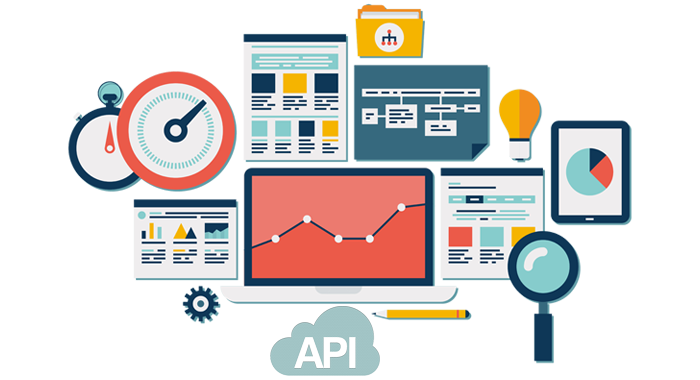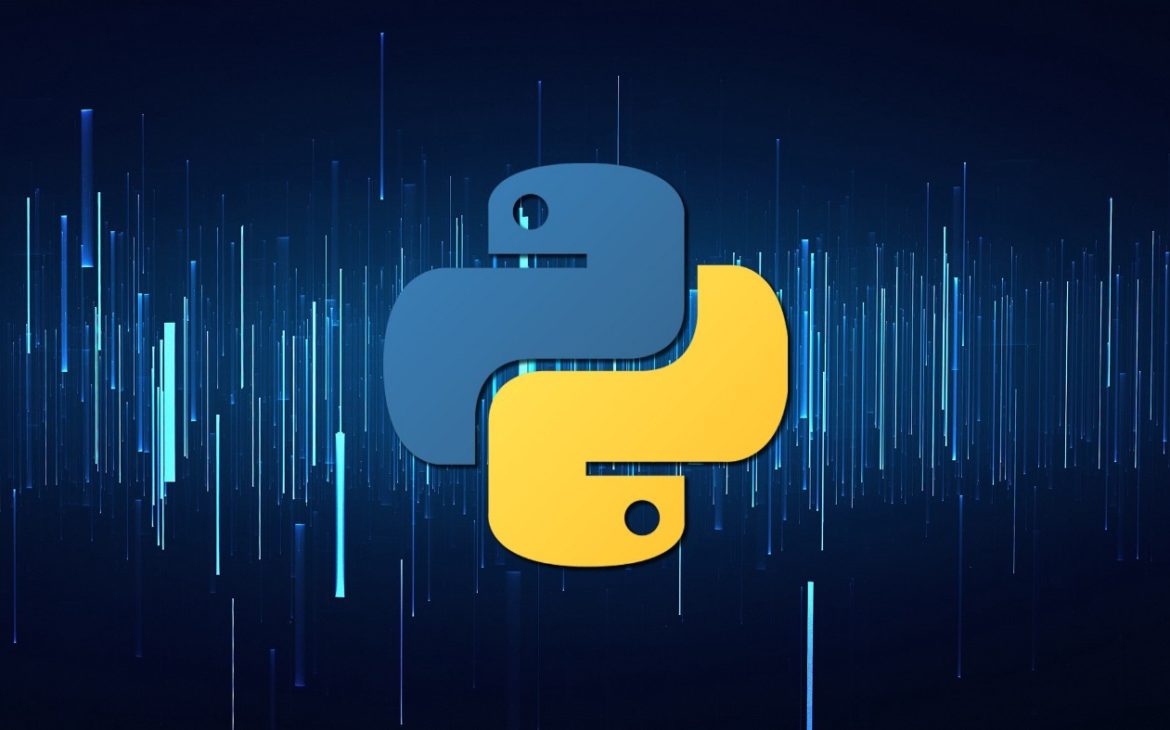A data analyst’s job is to gather data from systems. For this reason, a solid understanding of API and other methods of sharing and gaining data, such as machine data, web services, or web scraping, can be immensely helpful in your career.
What is API?
API is an application programming interface (API) that is a set of protocols inbuilt into a computer system that gives us access to two unrelated systems to communicate. APIs was in use for a very long time, but it has come into the eyes of the data world in the last decade. If you want to define API in a single sentence so we can say that it is the ability to share data across systems.
Example to explain API
To understand conceptually how an API works we are going to use the restaurant as an example. When you go to a restaurant, you place an order from the menu. You call the server and give the order to your server (the interface), and the server goes to the kitchen and provides the order to the cooks. You don’t necessarily see all the ins and outs of your order being made in the kitchen, but the food that comes back to you via your server (the same interface) matches your specific menu selection. Just as the restaurant server places your order with the kitchen staff, an API places a “call” or request for specific data from another system. The API then returns this data to the requesting application, similar to how your server returns to your table with your desired meal.
Benefit of API
The biggest benefit of an API is the ability to access data from a dedicated system. As an example, imagine that you need up-to-date weather information because your company analyzes the weather forecasts for construction projects when bidding. However, you don’t want all the overhead costs of building your own data system for weather data. In this case, you can use an API to call the specific data that you need.
This process is a two-way street because the weather app itself must also have an API that allows you to request the data. Some APIs might also utilize a pull/push method for updating data. When pulling data, it is updated continuously regardless of whether a change has occurred. Consider our weather data; with pull, the data will update every five minutes, no matter what. When pushing data, updates are sent out only when a change has occurred. In our weather data example, the API will push an update to the data in the system whenever the weather data itself is updated. The decision to use pull or push is specific to the needs of the program.
Why API is important?
Understanding the concept of an API is important in case you need to acquire data that may not be stored in your company’s internal systems. As a data analyst, you should become familiar with the APIs that are applicable to the organization where you work.
Conclusion
API is a need for data analysts as well as for data scientists. In order to work, you must know how to use a particular API to get the data you need from any given system and which API is best for your analysis.
Read More: How to Use and Collect Survey Data





